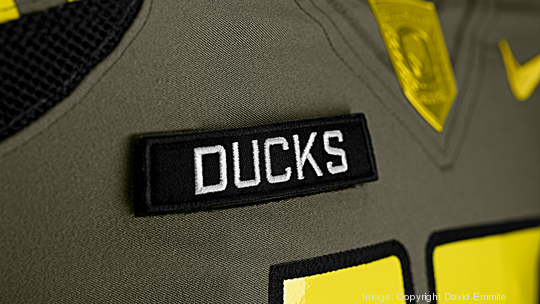
A group of University of Oregon undergraduate students are finding ways to identify concussions faster and more effectively.
As the state continues to become a major player in the bioscience industry, a lead professor on the project said programs like UO's can foster the next generation of industry-trained workers.
“This is an awesome opportunity that can train a lot of students at all levels in this area, because there is going to be a need for this type of very specialized knowledge and skills,” said Calin Presa, assistant professor of bioengineering at UO.
In the Phil and Penny Knight Campus for Accelerating Scientific Impact in Eugene, thirteen students and Presa are seeking proteins released by the brain in response to injury.
Sometimes an athlete may have a concussion, but it's not major enough to be detectable in average field tests. Other times, athletes may either downplay the extent of their injuries so they can continue to play, or athletes must be injured enough to warrant hospital trips, where they can get a CT scan, the best concussion test.
“Concussions tend to be underreported, and sometimes athletes themselves don't even know they have one,” senior biochemistry major Carmen Resnick told UO’s communications team. “Complications really start to arise when you have multiple concussions throughout your career, so it'd be very helpful to be able to sense concussions when they first occur.”
While there is a test already on the market that does just this, it requires a decent amount of blood. The undergraduate team wants to create technology that only needs a small amount of blood, saliva or sweat to determine the injury's extent.
While there are many real world applications for this technology, including use on football sidelines, the research process remains in the early stages.
Presa noted the research opportunities gives student experiences that offer a leg up in Oregon’s biotech industry, one that produces $5 billion in income a year and has more than 66,000 jobs.
“We recruit from essentially all backgrounds...whether you have a computational background or are more interested in wet lab work and want to pick up those skills, or we have, for example, people from physiology (backgrounds) who are more interested in picking up more molecular biology (experience),” Presa said. “It allows any kind of students from very diverse backgrounds to enter this nascent field and pick up some very interesting skills that will be helpful for them.”
The team is headed to Paris in October to participate in a student research competition called the International Genetically Engineered Machine. There, the concussion technology will go up against other synthetic biology projects from across the world.



